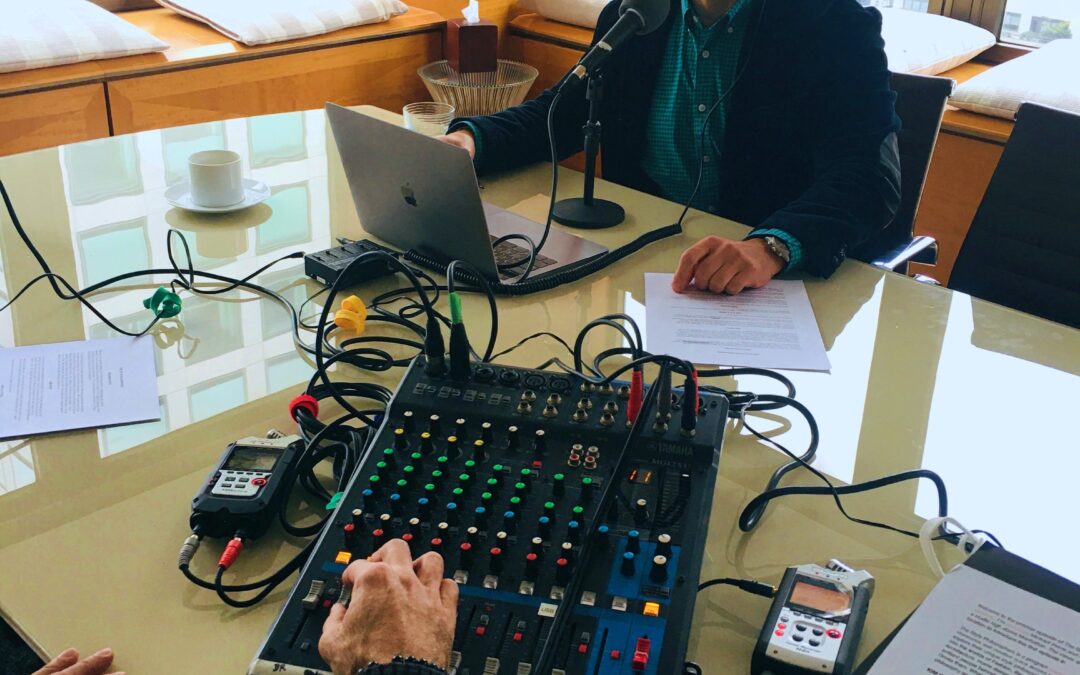If you’re looking to take your voice-over skills to the next level, it’s essential to learn advanced techniques and tips that can help you stand out from the crowd. In this essay, we will discuss some advanced voice-over techniques and tips that can help you improve your performance and create high-quality voiceovers.
- Breathing Techniques: Breathing is an essential part of voice-over performance. You need to take deep breaths to ensure that you have enough air to sustain your voice throughout the recording. Practice diaphragmatic breathing to improve your breathing technique, allowing you to speak more naturally and fluidly.
- Pronunciation and Articulation: Pronunciation and articulation are crucial for delivering clear and concise messages. Practice speaking slowly and enunciating every word clearly to ensure that your listeners understand your message.
- Vocal Warm-Ups: Vocal warm-ups are essential for preparing your voice for recording. Start with lip trills, tongue twisters, and humming exercises to warm up your voice and improve your range.
- Emphasis and Inflection: Inflection and emphasis can help you convey the meaning and tone of your script more effectively. Use emphasis and inflection to highlight keywords and phrases, adding more depth and emotion to your voice-over.
- Timing and Pacing: Timing and pacing are crucial to creating a natural flow in your voice-over. Practice reading your script at different speeds to find the best pacing for your message.
- Script Analysis: Script analysis is the process of breaking down the script to understand its meaning, tone, and message. Analyze your script to understand the emotions and intentions behind the words, allowing you to deliver a more authentic performance.
- Microphone Techniques: Microphone techniques are essential for capturing the best sound quality. Practice mic techniques, such as adjusting the distance between you and the microphone, and speaking directly into the microphone’s diaphragm to capture the best sound quality.
- Vocal Tone and Style: Your vocal tone and style can help you create a unique and memorable voice-over performance. Experiment with different vocal styles, such as conversational, authoritative, or friendly, to find the best tone for your message.
- Consistency and Intonation: Consistency and intonation are crucial for creating a professional voice-over. Use consistent pacing, volume, and tone throughout the recording to ensure a smooth and natural flow.
In conclusion, voice-over performance requires practice, technique, and skill. Advanced voice-over techniques and tips can help you improve your performance and create high-quality voiceovers. Practice breathing techniques, pronunciation, and articulation, vocal warm-ups, emphasis, inflection, timing and pacing, script analysis, microphone techniques, vocal tone and style, and consistency and intonation to take your voice-over skills to the next level.

